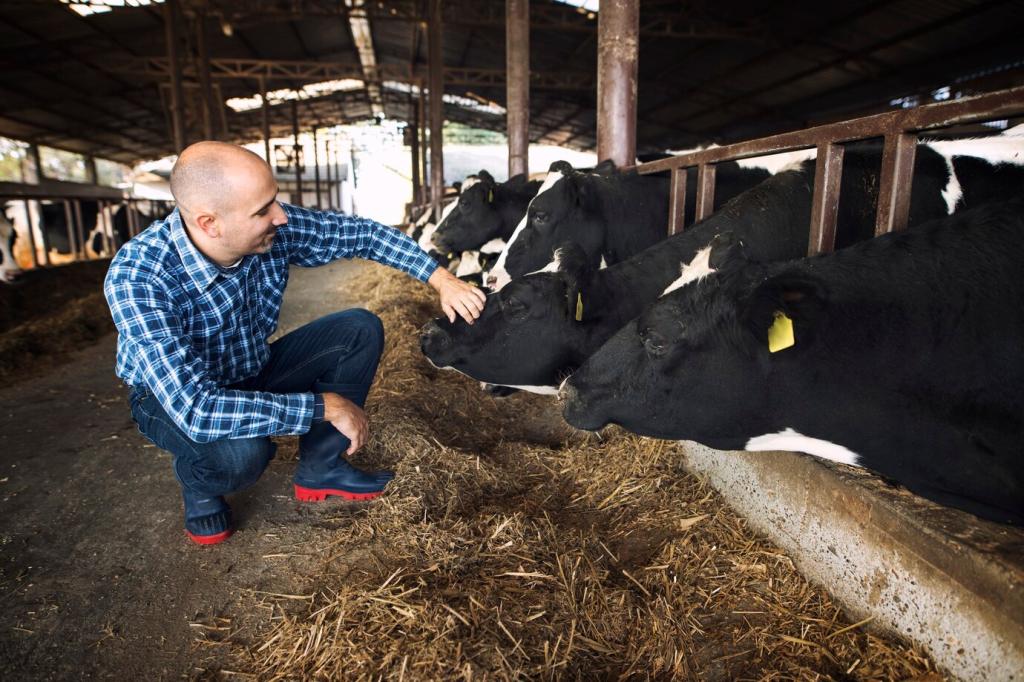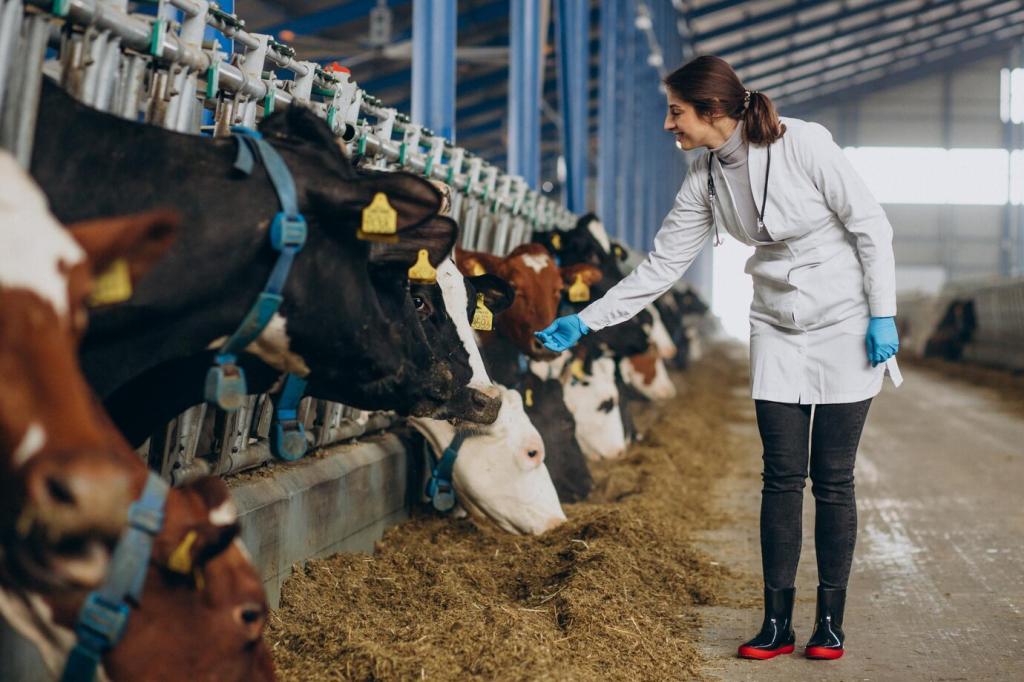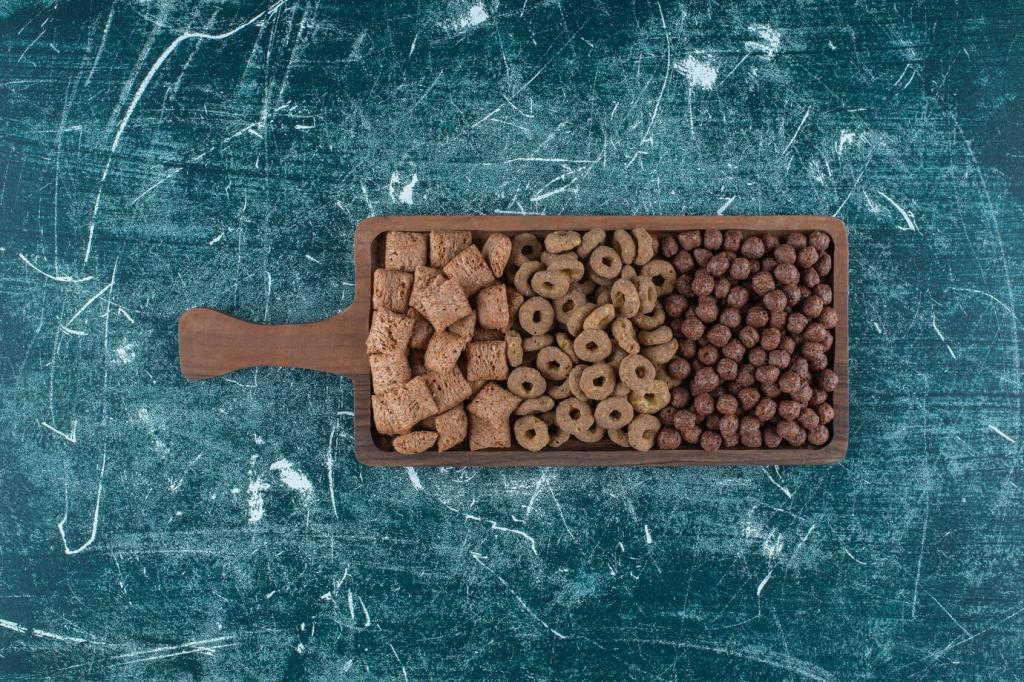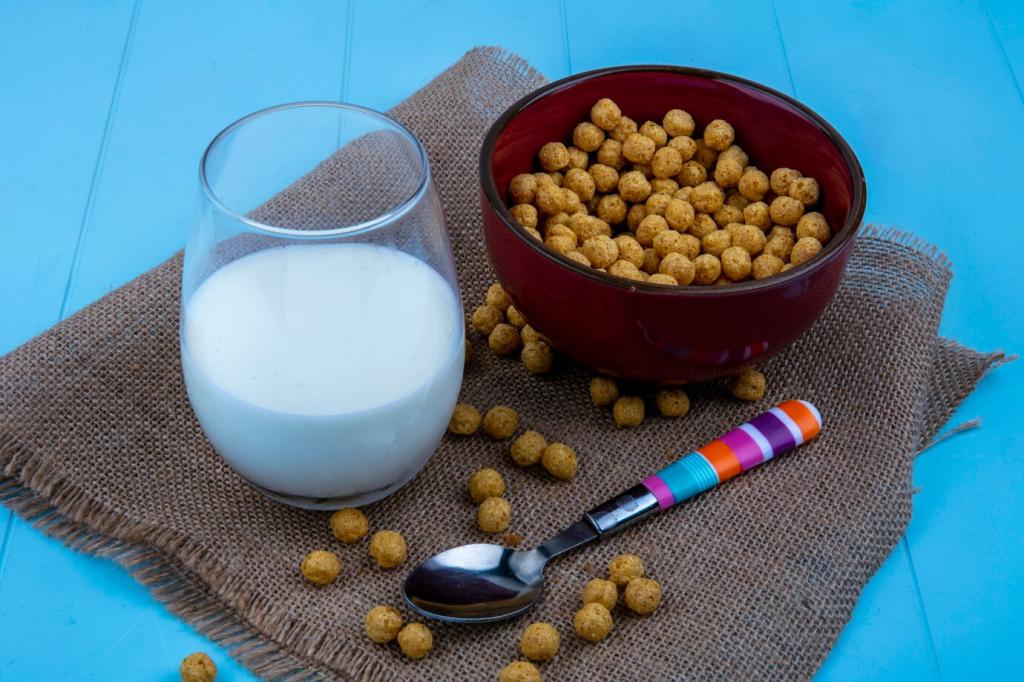Puppy Nutrition for Border Collies: Raise a Quick Mind and a Strong Body
Understanding Growth and Energy Demands
These pups combine explosive sprints with intense problem-solving, demanding energy that lasts without sugar crashes. Nutrient density matters more than sheer volume, so every bite should pull its weight in quality fuel and essential building blocks.
Understanding Growth and Energy Demands
Expect fast early growth, then gradual leveling around adolescence. Track weekly weight, appetite, stool quality, and training stamina. Patterns reveal whether portions, protein quality, or fat levels need adjustment to match your pup’s changing energy curve.


Aim for complete proteins from chicken, turkey, fish, or thoughtfully formulated blends. Overdoing protein alone won’t build better muscle; balance with digestible fats and micronutrients so tissues form correctly and your pup stays eager to eat and learn.

Micronutrients That Shape Bones, Nerves, and Coat
For growing skeletons, calcium and phosphorus should be balanced, commonly around a 1.2 to 1 ratio. Avoid extra mineral supplements unless your veterinarian advises them. Too much, too soon can disrupt bone formation and joint alignment.
Micronutrients That Shape Bones, Nerves, and Coat
Vitamins A, D, and E support vision, calcium use, and antioxidant defense. B vitamins fuel metabolism and resilience during training bursts. A complete and balanced puppy diet delivers these reliably without risky guesswork or redundant add-ons.
Micronutrients That Shape Bones, Nerves, and Coat
Zinc, copper, selenium, and iodine influence enzyme reactions, coat pigment, and immune readiness. Look for reputable brands that test for bioavailability, ensuring your lively learner wears a glossy coat and bounces back quickly after energetic days.
How Many Meals and When
Feed three to four small meals daily until roughly six months, then shift to two. Predictable timing reduces scavenging, helps house training, and keeps energy consistent for short, joyful training sessions that end on a win.
Portioning With Body Condition in Mind
Use a body condition score of about 4–5 out of 9 as your compass. You should feel ribs with a light touch. Adjust portions weekly based on activity, growth rate, and stool quality for a customized, responsive plan.
Hydration Habits That Help Learning
Fresh water available always, with extra offered after play and training. Puppies dehydrate quickly during zoomies. Proper hydration supports digestion, temperature control, and the clear-headed focus that makes recall practice feel surprisingly easy.

Look for a Growth or All Life Stage Statement
Check the label for complete and balanced nutrition for growth or all life stages, ideally with DHA. Reputation matters—brands that publish testing data and feeding trials inspire confidence during your pup’s most formative months.
Transition Gently to Protect the Gut
Shift foods over seven to ten days, gradually increasing the new formula. This helps the microbiome adapt and reduces gas, loose stools, and mealtime stress, keeping training momentum steady while your puppy learns household rhythms.
Fresh and Raw Considerations
Home-prepared or raw diets require veterinary nutritionist guidance to avoid imbalances and contamination risks. If you choose this path, prioritize food safety, precise formulation, and regular check-ins to confirm growth targets are being met safely.
Treats, Training Rewards, and Sensitive Tummies

Use pea-sized pieces of your puppy’s daily food or lean, soft treats. Count treat calories in the daily total, keeping them under ten percent so meals stay balanced and performance never dips from unplanned excess.
From Zoomies to Laser Focus
At twelve weeks, Skye ping-ponged through training. Adding a puppy formula rich in DHA and stable fats steadied her attention. Within two weeks, recalls improved, and she offered eye contact like it was her favorite trick.
The Growth Spurt Lesson
A sudden weight surge made stairs awkward. Her family adjusted portions, confirmed calcium-phosphorus balance, and spread meals to four per day. Growth normalized, coordination returned, and confidence soared during short, playful agility foundations.
Your Turn to Share
Post your puppy’s feeding schedule, favorite treats, and a week of weigh-ins. We’ll feature thoughtful plans, celebrate wins, and troubleshoot together. Subscribe for weekly nutrition prompts and checklists you can print and stick on the fridge.
Partnering With Your Veterinarian
Smart Timing Around Vet Days
Offer a lighter meal before vaccines or big appointments to minimize car sickness and stress. Bring your food label and feeding journal so your vet can spot easy adjustments and celebrate your careful, consistent work.
Reading Everyday Health Signals
Shiny coat, firm stools, bright eyes, and eager play hint at great nutrition. Track these alongside training success. If focus fades or stools wobble, tweak portions and discuss options before small hiccups become bigger problems.
Build a Personalized Plan
Ask about ideal targets, including body condition scoring, safe growth pace, and omega-3 dosing. Together, create a month-by-month roadmap. Subscribe and comment with your questions—we’ll turn the best into practical guides for this community.
